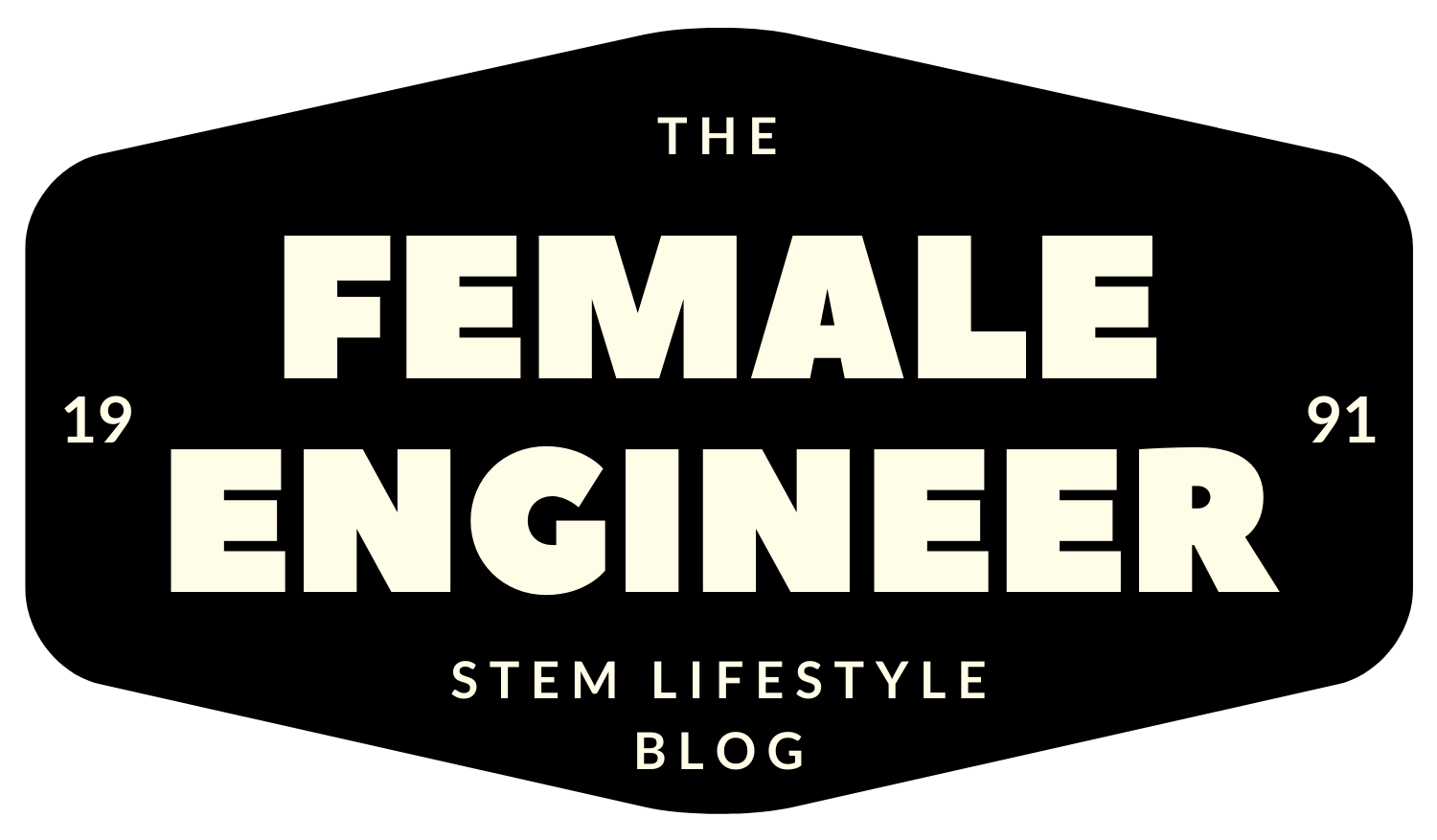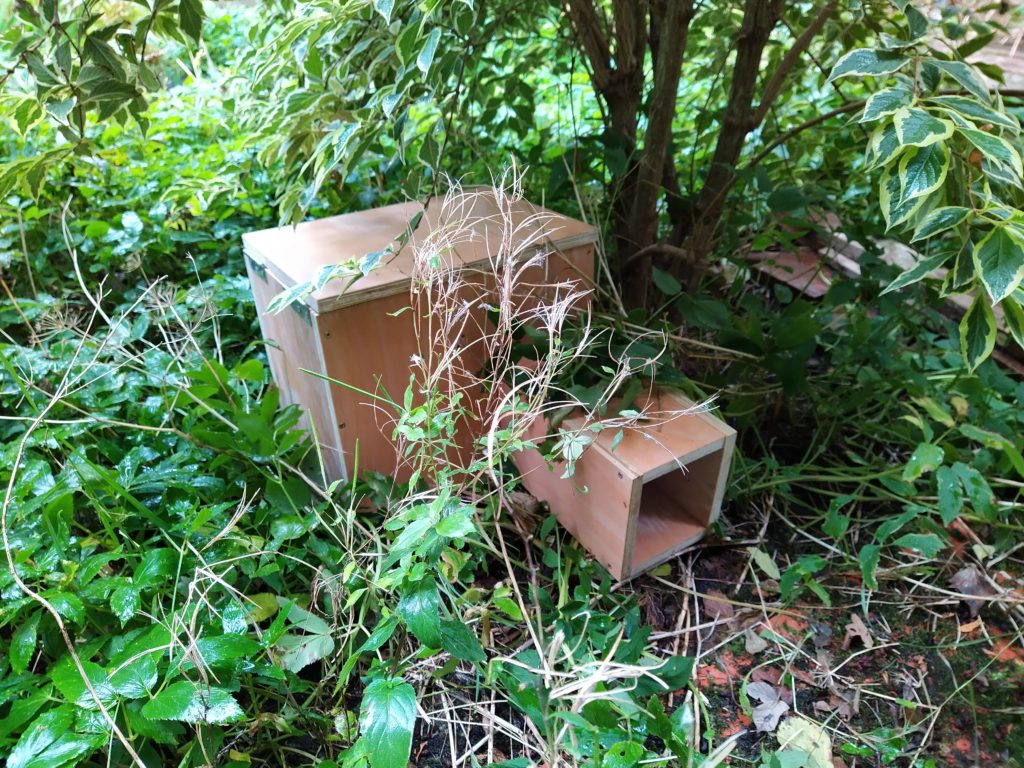In July this year, the hedgehog species was classified as vulnerable to extinction by the International Union for the Conservation of Nature’s (IUCN) Red List for British Mammals (Source: https://www.britishhedgehogs.org.uk/british-hedgehog-now-officially-classified-as-vulnerable-to-extinction/). This was a really sad reality check which makes us all realise that our natural wildlife in the UK is becoming more threatened as the days go by. Just take a moment to think about the last time you saw a hedgehog in the wild? We used to frequently get hedgehogs in the garden when I was a kid, but that’s something that hadn’t happened for a long time….until now! We were approached by the Shropshire Wildlife Trust who were carrying out a hedgehog population survey led by their Hedgehog Officer Kathryn Jones in our village. She visited us back in July with a motion-sensor camera which we were skeptical would catch more than the neighbour’s cats, but amazingly we…
Today is a super exciting day in terms of British Engineering news, as the first commercial-scale hydrogen-powered aircraft has successfully completed a 20 minute flight. ZeroAvia are the company behind this venture which has resulted in a six-seater M-class plane flying in the Bedfordshire skies, and they have ambitious aims to make hydrogen planes available in three years. This plane uses renewable hydrogen, which means that it is truly carbon-zero and its only emission is water. Read more about ZeroAvia’s successful flight here: https://news.sky.com/story/worlds-first-hydrogen-powered-commercial-aircraft-takes-to-the-skies-above-bedfordshire-12080886 Hydrogen is produced via electrolysis which splits water into hydrogen and oxygen. Electricity is needed for this process, so when we talk about ‘renewable hydrogen’ this means that it uses renewable energy as opposed to electricity generated by fossil fuels. This hydrogen is then used as a fuel within a fuel cell of a vehicle, where it is run over a catalyst and combines with oxygen…


